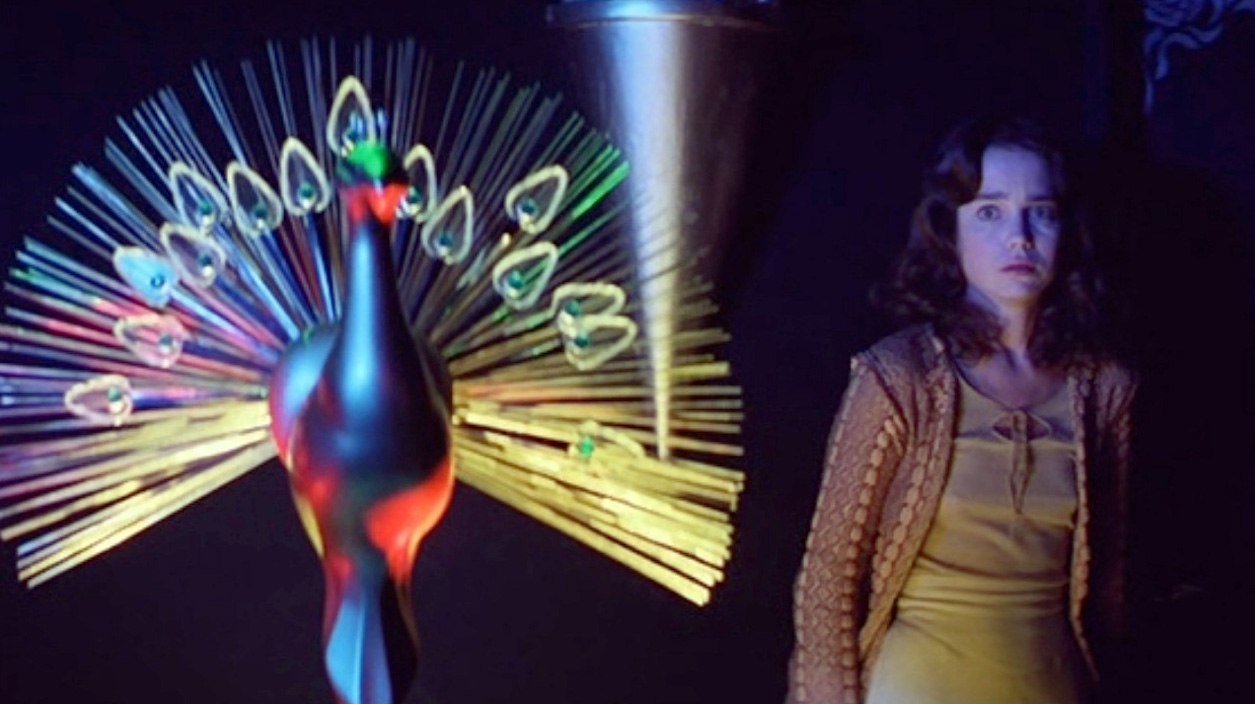Black fairy tale, contamination between yellow and supernatural horror, an esoteric journey between rarefied atmospheres and bright colours, a heartfelt cinematic homage to the works of Maurits Cornelis Escher and especially his Relativity, explicitly referred to in the course of the final act. This and much more is Sighs Of Darius Silverone of the best known and most appreciated works of the Roman director, as well as the work with which the master of thrills distances himself from the spaghetti thriller he imposed on general attention (The bird with the crystal feathers, The cat o’ nine tails, 4 gray velvet flies, Deep red) to embrace the purest and most irrational horror, with the fundamental collaboration of some of the greatest artists of our cinema.
One of them is undoubtedly Luciano Tovoliwhich we talked about in the previous appointment with our film column The hidden thread dedicated to The desert of Tartarswhich in the same 1976 in which the final work of the career of Valerio Zurlini signs another suggestive and alienating photograph, capable of putting the bright colors typical of the cinema of Mario Bava (in particular Terror in space e Chain reaction) at the service of the sumptuous scenography of Joseph Bassan and the skilful hand of Dario Argento himself, here at the peak of his creativity. With the contribution of the hypnotic music of Goblinthe result is a disorienting and disturbing story, in which fear, mystery and magical elements coexist, infused above all by Daria Nicolodiat the time involved in an artistic and sentimental partnership with the director himself.
In fact, the story takes its cue from a frightening experience of the latter’s grandmother Yvonne Loeba famous pianist who told his niece that he had attended a French artistic and musical institute within which a school of black magic was hidden.
Suspiria: Dario Argento’s horror fairy tale is a treatise on fear and evil
«Susy Benner decided to perfect her ballet studies in the most famous European dance school. You chose the famous Freiburg Academy. You left New York airport one day at nine in the morning and arrived in Germany at 10:45 pm local time ». It is the sinister voice of Dario Argento himself who presents Sighs and Susy’s journey (Jessica Harper), an aspiring American dancer headed for the dance academy in Freiburg, not surprisingly located in Escher Strasse, the first of many tributes to the Dutch artist. On a dark and stormy night, which seems to come out of one of the frightening tales of the Brothers Grimm, Susy arrives at her destination, where she meets a girl named Pat, who rushes away from the school while shouting seemingly meaningless sentences at her.
After a night on the town, Susy goes back to the Academy, where she meets her new companions, the assistant director Madame Blanche (Joan Bennett) and teacher Miss Tanner (Alida Valli), engaged in the investigation into the disappearance of Pat herself. With the start of the lessons, Susy also begins to experience inexplicable and terrifying events, in an increasingly gloomy atmosphere. The protagonist also begins to accuse serious physical problems, which combined with the words of her partner Sarah (Stephanie Casini) make her question the nature of the school. As the trail of violence and death gets longer and longer, Susy discovers the story of the founder of the Academy Helena Markos, a Greek emigrant accused of multiple episodes of witchcraft. To separate the girl from the truth there is only a door decorated with three irises, the same ones Pat alluded to in their first and last meeting.
Discover all the advantages of the Disney+ world
The first chapter of the Three Mothers Trilogy
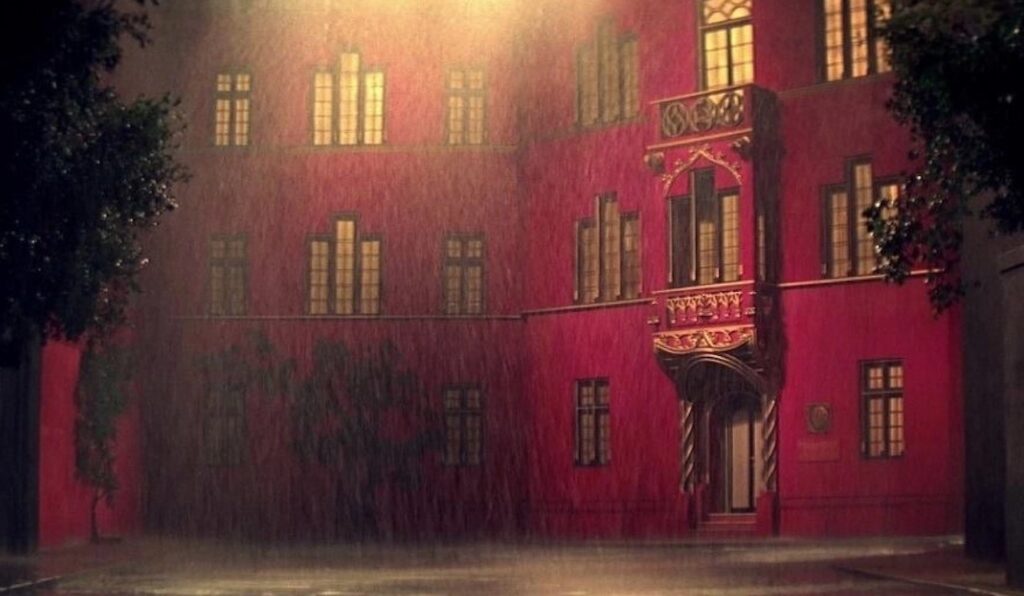
Drawing so much on the stories that marked his childhood (such as snow-white o Pinocchio) as to Sighs from the depths Of thomas de quinceyfrom which he takes up the idea of the three founding mothers of his trilogy continued by Inferno and closed by The third motherDario Argento accompanies us on a journey into evil, punctuated by a magnetic visual system and meticulous directorial work, for which the filmmaker himself set himself the goal of not making even two identical shots.
On closer inspection, the interpretative key of Sighs it is right in that door crossed by Susy in the final minutes, adorned with an explicit homage to the aforementioned Relativity by Escher and by three irises colored respectively red, yellow and blue. It is precisely this door that dictates the photographic choices, which thanks also to the aid of a very low sensitivity Kodak 30-40 ASA film and the glorious Technicolor format focus precisely on these three colors, by which Susy is continually surrounded and dazzled. The resulting effect refers to stories carved in the collective imagination such as The Wizard of Ozbut above all it gives back to the viewer the sensation of an evil capable of devouring everything it encounters, slowly bewitching and circumventing its victims.
Escher’s influences on Dario Argento and Suspiria
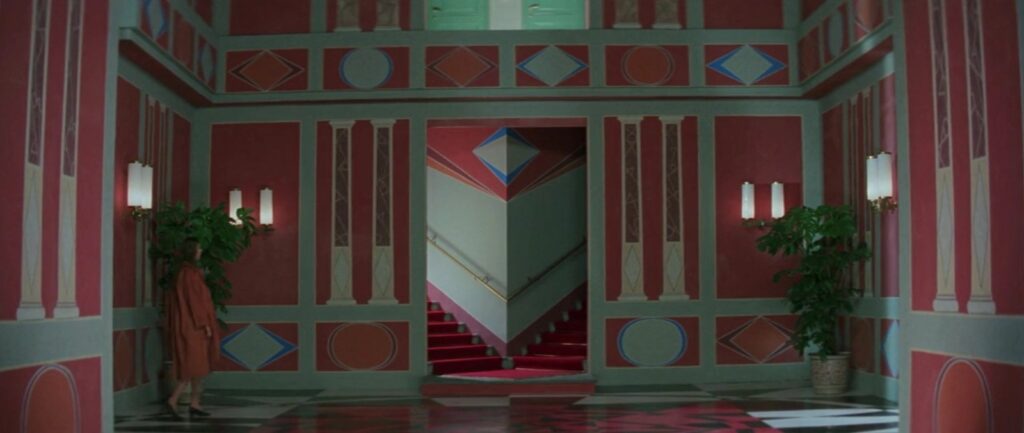
Escher’s impossible geometries, together with the idea of different worlds that interpenetrate each other, inhabit Sighs at different levels. While chilling episodes follow one another on the screen, we continually come across shots from bizarre and difficult to explain perspectives, which on the one hand confirm Dario Argento’s rebelliousness towards realism and rigid cause-and-effect mechanics, and on the other further disorientate the spectator, transforming Sighs in a hunt for a killer whose identity, provenance and nature are difficult to understand. This is because, as Professor Milius reaffirmed in an enlightening dialogue, witches «they know and practice hidden secrets that give them the power to act on reality, on people».
The numerous Escherian trajectories of the film are therefore to be read in this sense, not immediately readable even after multiple visions of Dario Argento’s masterpiece. Where do those bloodthirsty eyes that pop up behind a window at the beginning of the film come from? Who is that mysterious figure with the cloak, also played by Argento himself? What drives a faithful guide dog to bite the blind pianist played by the late Flavio Bucci in the prodigious sequence set in a ghostly Königsplatz? Why does that corridor leading to the witch headquarters appear longer or shorter depending on the situation? And above all, why, after the most chilling and bloody night of her life, Susy takes leave of us with a mocking smile, more like satisfaction than relief?
Questions destined to remain unanswered, which only increase the charm of an elusive and impossible to pigeonhole work, like many other milestones of cinema.
The emblematic finale of Dario Argento’s Suspiria
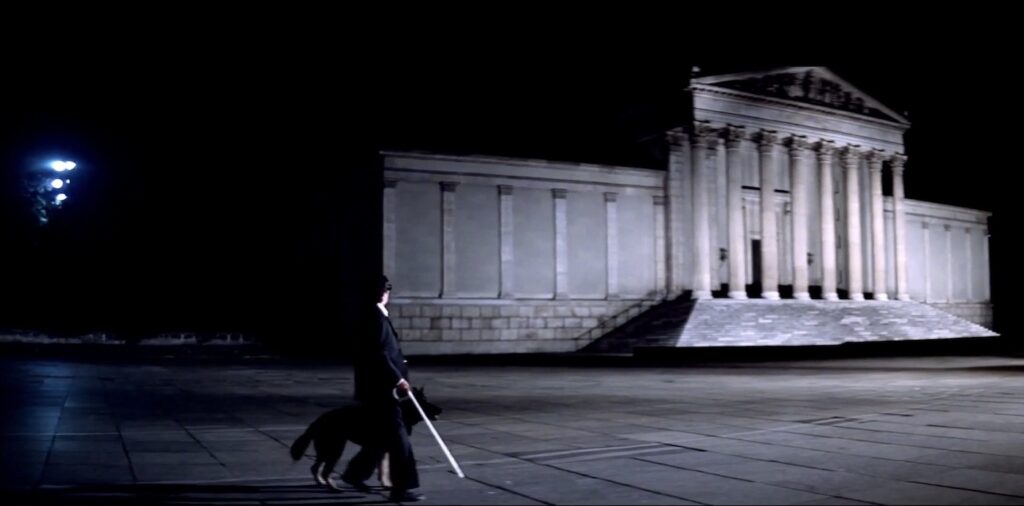
But the door crossed by Susy is also a thematic and narrative boundary between an inevitably different before and after. By turning the blue iris mentioned by Pat during the incipit, Susy definitively abandons the world she knows, entering a territory with other rules, where it is difficult to distinguish the true from the false. Crossing this border is Dario Argento himself, who with Sighs complete his journey to the paranormal already brushed with Deep redtotally and definitively changing his elusive cinema, increasingly bleak and angular.
Behind the door where Susy discovers the plan to kill her, as well as the corpse of Sarah, far too curious for the followers of witchcraft who hide inside the Academy. But it is no coincidence that the long-awaited confrontation with the dreaded Helena Markos, still extremely powerful despite her resemblance to a gasping zombie lying in bed, ends in Susy’s favor thanks to a significant and emblematic choice of Argento’s own cinema. on. Faced with a fallacious projection of her deceased partner, the young protagonist saves herself from her by stabbing to death the invisible body of the witch mother, whose death causes the cascade of destruction of the entire Academy. An action that symbolically becomes a hymn to hear before seeing, and to believe in what is hidden from our eyes rather than what is shown or exhibited.
Suspiria: the fantastic according to Dario Argento
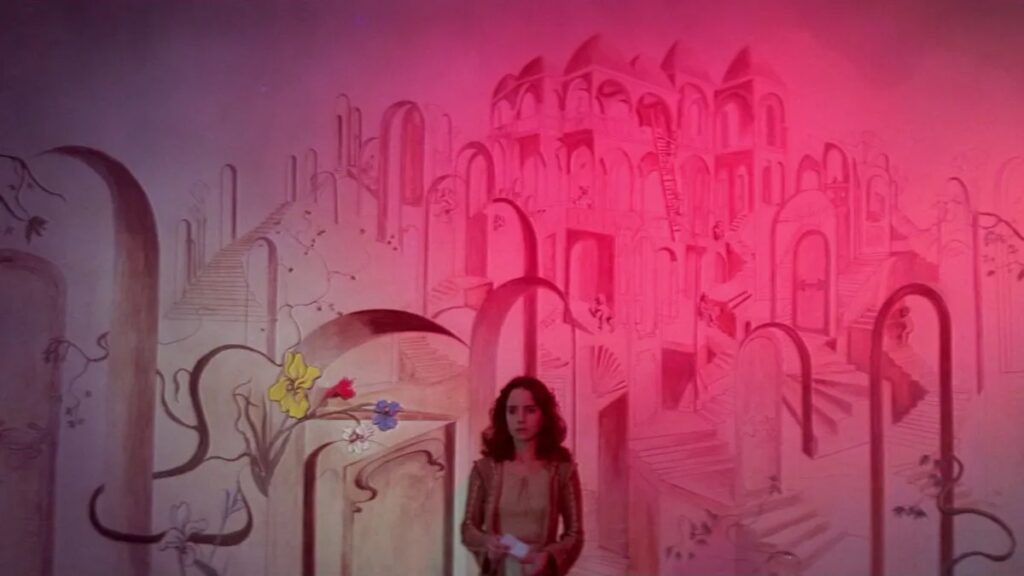
A solution that once again draws on the world of fairy tales and the fantastic (how can we forget the mocking final unveiling of the person hiding behind The Wizard of Oz?), cornerstone of Sighs. In fact, it is no mystery that at first Dario Argento even wanted a group of girls as protagonists, not far from Dorothy in age Judy Garland. Desire made impossible both by the laws in force in Germany at the time, which forbade the use of underage performers, and by distributors and producers, unwilling to invest in a project with little girls as the protagonists of such a disturbing and bloody story.
Forced to make a virtue of necessity, Dario Argento has nevertheless poured into Sighs his initial ideas, deliberately featuring in an extremely childish way, making intelligent scenographic choices such as raising the door handles and above all transforming apparently safe environments such as a school or girls’ bedrooms into dangerous and terrifying places, where evil can nesting in all its forms.
Directed by Dario Argento
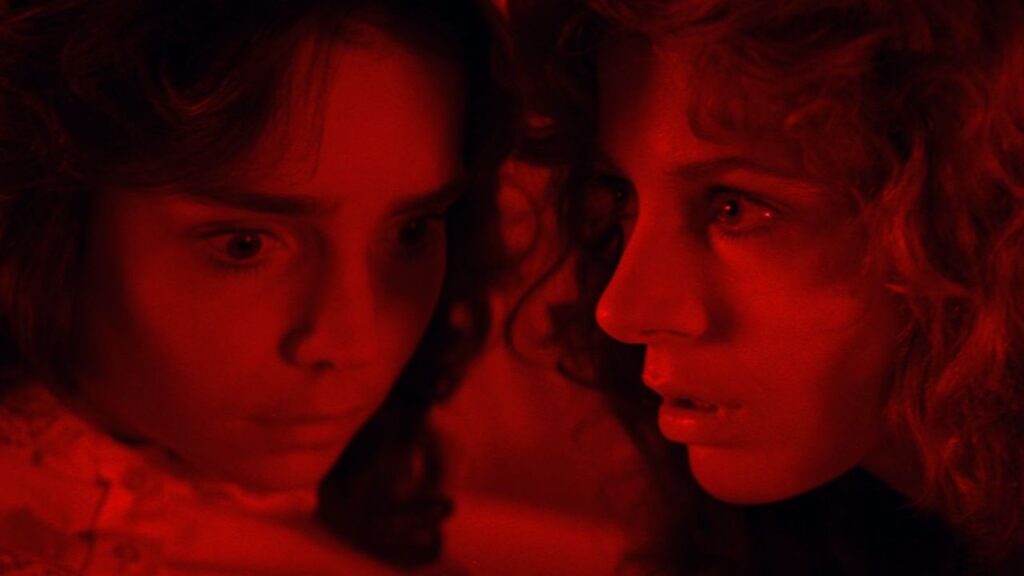
But Dario Argento’s intuitions behind the camera certainly don’t end there. For example, it is necessary to mention the first of the many evils perpetrated against Susy, created through the dazzling reflection of a pointed object, directed towards the protagonist with the accompaniment of the fearful gaze of two of the many bizarre characters who populate the Academy and of a cloud of dust highlighted by light. Equally successful were the bloodier sequences, such as the initial hanging and the terrible end of Stefania Casini’s character, inexorably entangled in a pile of wire which caused real grazes to the actress herself.
As said previously, Sighs however, it is above all what is implicitly alluded to, such as the mammoth structure of an Academy that resembles one of the many sinister castles of the Gothic tradition, the bird’s eye shots that multiply the possible sources of origin of the evil or those corridors capable of transform into real labyrinths, with iridescent geometries and sets directly connected to our most ancestral fears. A way of making cinema capable of creeping into the most hidden recesses of our soul, and of rendering Sighs a genuinely disturbing sight even today.
A princess without a prince or a realm
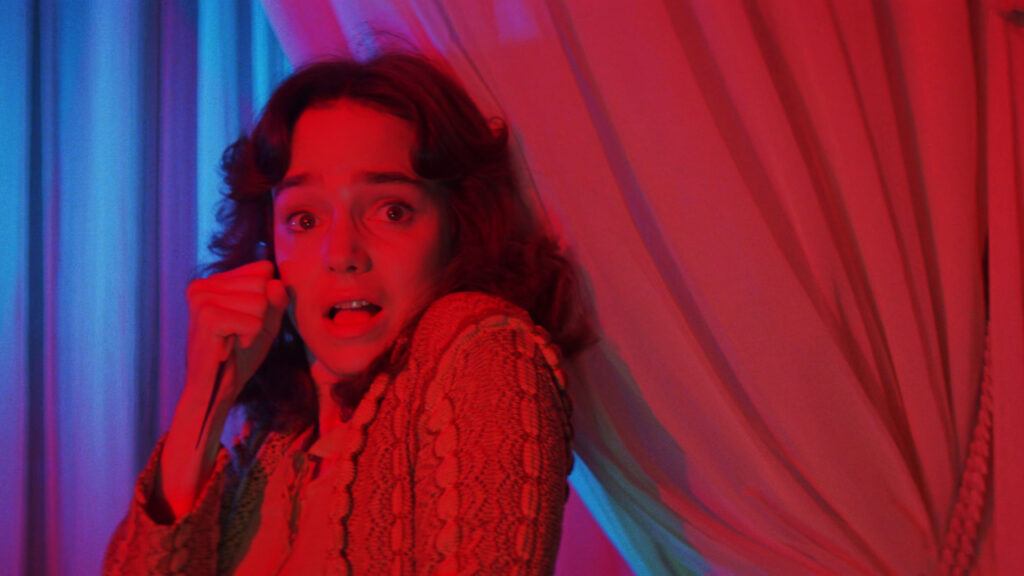
This real treatise on fear and the esoteric ends with the same rain that had welcomed Susy, in this case purifying, and with that aforementioned smile of one of the first final girls, capable of facing evil head on and bravely and intelligently escape his clutches. A fairy-tale princess, with no realm and no prince but still able to defeat the fearsome evil witch.
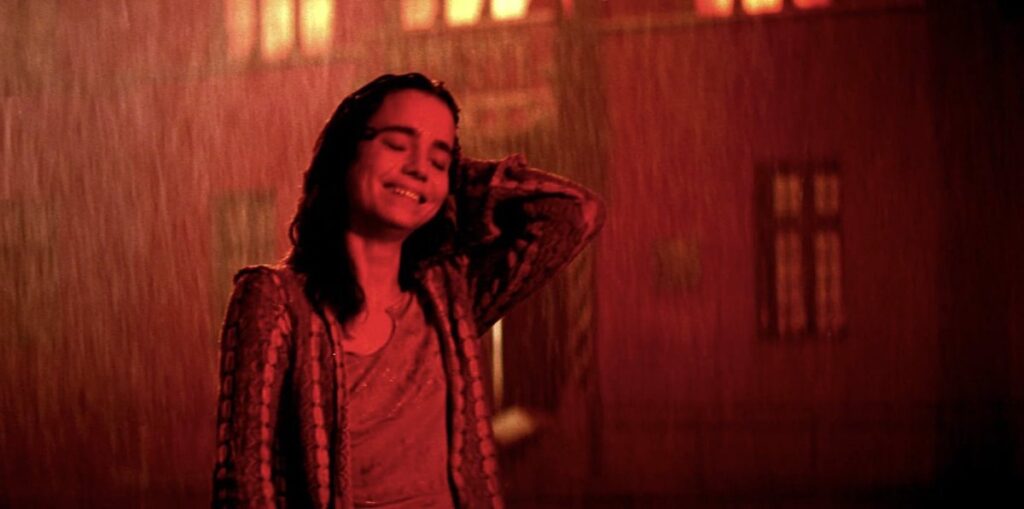
“Magic is that thing that is believed everywhere, always and by everyone”.
The hidden thread was born with the intention of retracing the history of cinema in the freest and simplest way possible. Every week a different film of any genre, era and nationality, linked to the previous one by a detail. Themes, year of release, director, protagonist, setting: the only limit is the imagination, the beacon that guides us is the love of cinema. Films talk to each other, we listen to their dialogues.

Sighs
- The disk has Italian audio.
- Stefania Casini, Jessica Harper, Joan Bennett (Actors)
- Dario Argento (Director) – Claudio ArgentoProduct
